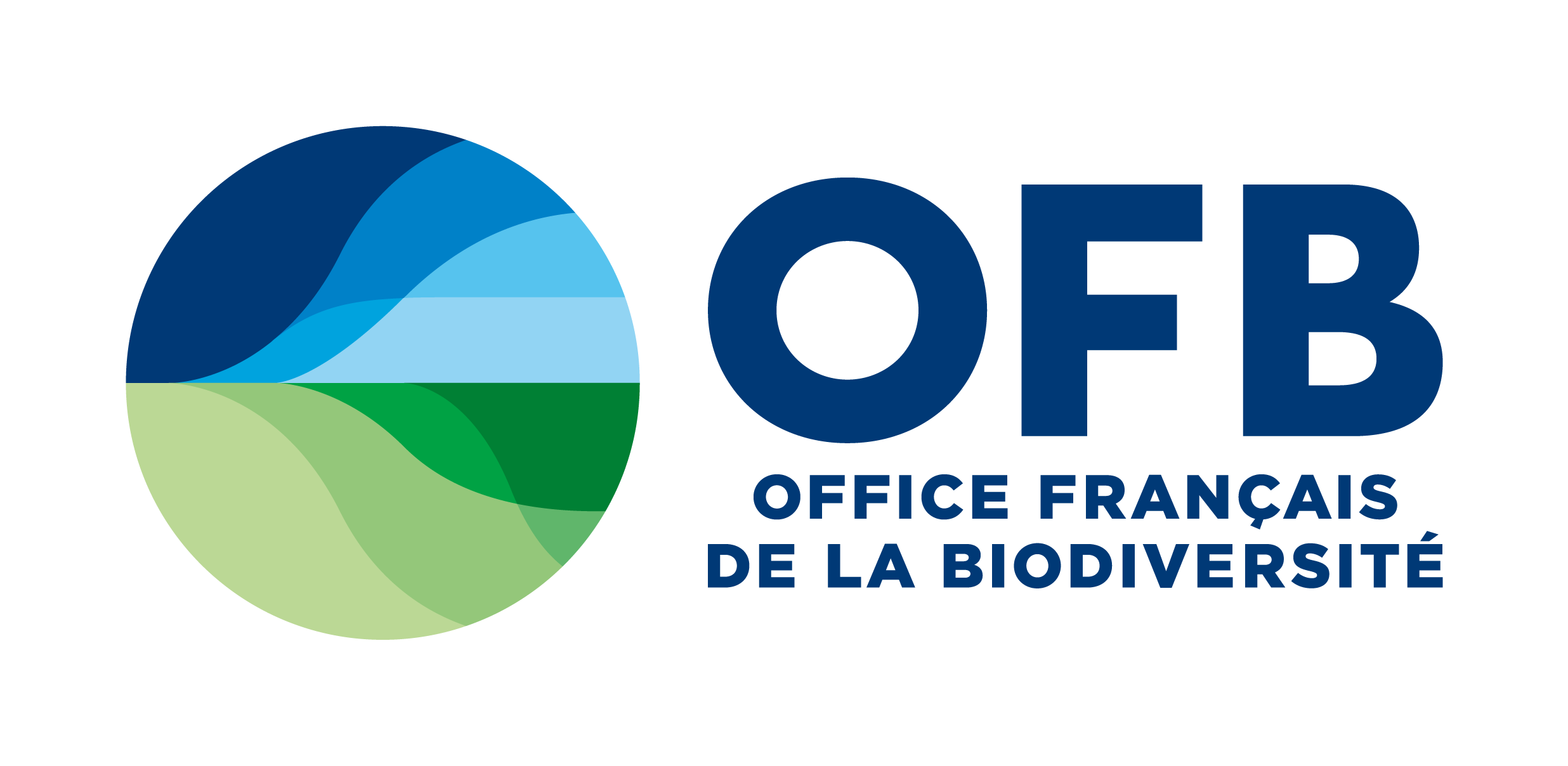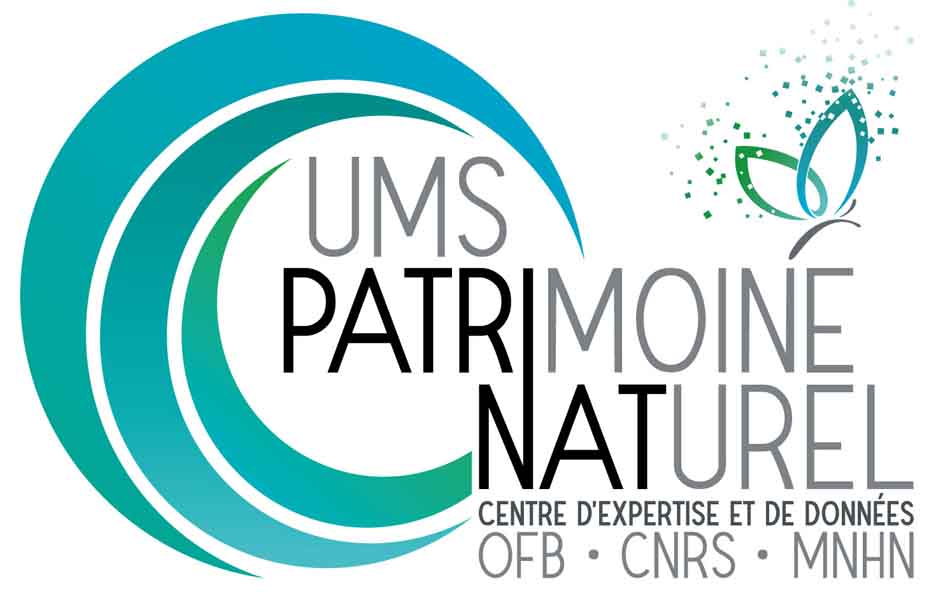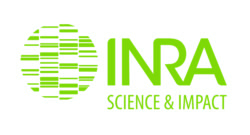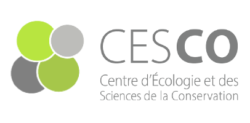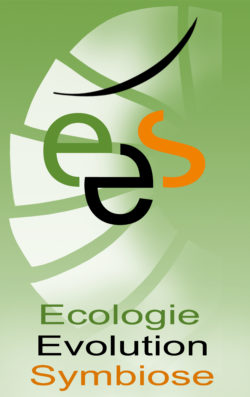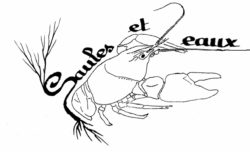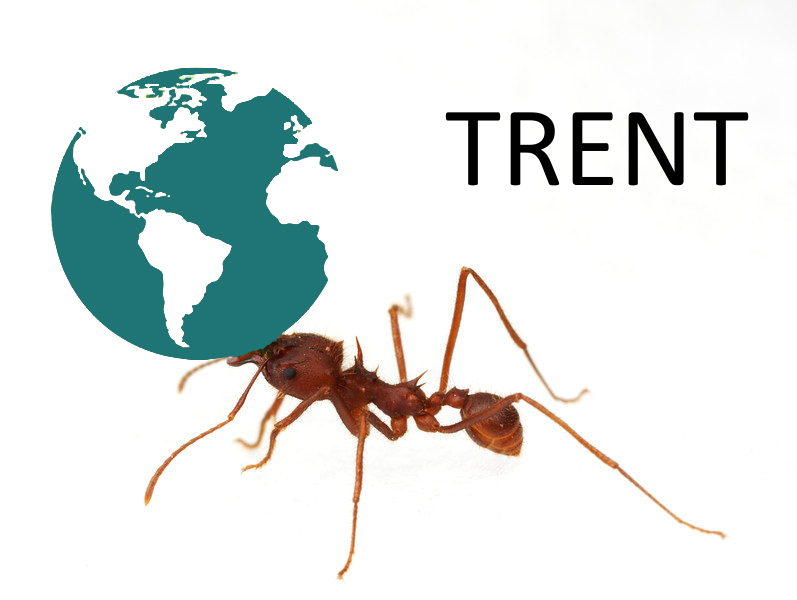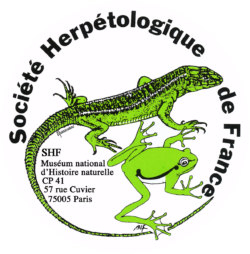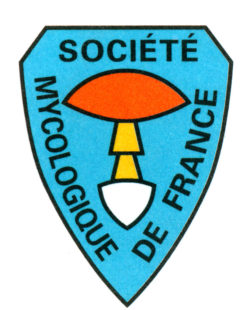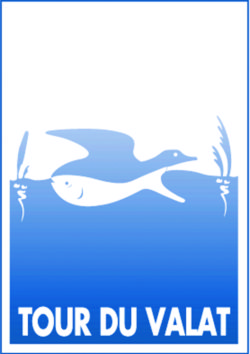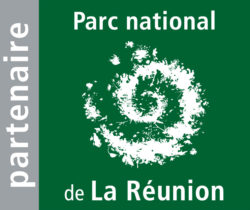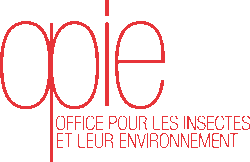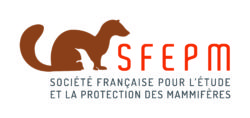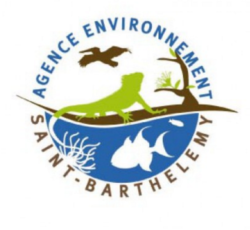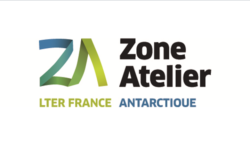Références bibliographiques relatives à la société (éthique, économie)
Pour rechercher un mot clé dans la page, taper le mot dans l’outil « rechercher » de votre navigateur.
Pour télécharger le document cliquez sur le rond bleu.
Anonyme. 2013. Le commerce international et les espèces exotiques envahissantes. Fonds pour l’application des normes et le développement du commerce. Rapport FAO, OIE, WTO OMC, CIPV. 70 p.![]()
Beauvais, M.L., Coleno, A., Jourdan, H. (Eds). 2006. Espèces envahissantes : risque environnemental et socio-économique majeurs pour l’archipel néo-calédonien. Coll. Expertise Collégiale, IRD Editions, Paris. 259 pp. + CdROM.
Cans, R. 2017. Compte rendu du colloque « nuisible » du 31 janvier et 1er février 2017. ![]()
Carpio, A. J., & al. 2017. Hunting as a source of alien species: a European review. Biological Invasions 19(4): 1197-1211.![]()
Chivers, C., & al. 2017. Economic effects and the efficacy of intervention: exploring unintended effects of management and policy on the spread of non-indigenous species. Biological Invasions 19(6): 1795-1810.![]()
Davenport, K & Collins, J. 2016. Code de conduite européen sur les animaux de compagnie et les espèces exotiques envahissantes. Conseil de l’Europe. Février 2016. 64 p.![]()
De Jonge, V. N., & al. 2012. Integrating ecological, economic and social aspects to generate useful management information under the EU Directives’ ‘ecosystem approach’. Ocean & Coastal Management 68: 169-188.![]()
Delaney, D. G., & al. 2011. Does consumer injury modify invasion impact? Biological Invasions 13(12): 2935-2945.![]()
Derraik, J. G. B. & Phillips, S. 2009. Online trade poses a threat to biosecurity in New Zealand. Biological Invasions 12(6): 1477-1480.![]()
Elofsson, K. Gren., I.-G. 2013. Control and adaptation strategies for invasive species with different life history, Department of Economics: 32 pp.![]()
Essl F., Dullinger S., Rabitsch W., Hulme P.E., Hülber K., Jarosik V., Kleinbauer I., Krausmann F., Kühn I., Nentwig W., Vilà M., Genovesi P.,Gherardi F. Desprez-loustau M.L., Roques A., Pysek P. 2011. Socioeconomic legacy yields an invasion debt. Proceedings of the National Academy of Sciences of USA 108: 203- 207.![]()
Harris, L. G. & Tyrrell, M.C. 2001. Changing Community States in the Gulf of Maine: Synergism Between Invaders, Overfishing and Climate Change. Biological Invasions 3(1): 9-21.![]()
Haudricourt André-Georges. Domestication des animaux, culture des plantes et traitement d’autrui. In: L’Homme, 1962, tome 2 n°1. pp. 40-50 ![]()
Jenkins, P. T. 2012. Invasive animals and wildlife pathogens in the United States: the economic case for more risk assessments and regulation. Biological Invasions 15(2): 243-248.![]()
Kilian, J. V., & al. 2012. An assessment of a bait industry and angler behavior as a vector of invasive species. Biological Invasions 14(7): 1469-1481.![]()
Lamb, W. 2013. Commentary on economic valuations of biodiversity. Ecological Economics 89: 170-173.![]()
Larson, B. M. H. 2007. An alien approach to invasive species: objectivity and society in invasion biology. Biological Invasions 9(8): 947-956.![]()
Marion, L. 2013. Is the Sacred ibis a real threat to biodiversity? Long-term study of its diet in non-native areas compared to native areas. C. R. Biologies 336: 207–220.![]()
Menozzi, M.-J. Espèces envahissantes et modalités de catégorisation : des définitions scientifiques aux critères populaires: 15 pp.
Mille C., Z. Lemerre, H. Jourdan. 2016. Ravageurs et auxiliaires des cultures et des espèces exogènes envahissantes à Wallis-et-Futuna : Quel avenir pour l’agriculture familiale ? Actes du Colloque « Agriculture durable au service des populations », du 25 au 28 novembre 2014, 170-174.![]()
Nanayakkara, L., & al. 2018. In lakes but not in minds: stakeholder knowledge of invasive species in prairie lakes. Biological Invasions 20(3): 633-652.![]()
Nghiem, L. T. P., & al. 2013. Economic and Environmental Impacts of Harmful Non-Indigenous Species in Southeast Asia. PLoS ONE 8(8): e71255.![]()
Nuñez, M. A. & A. Pauchard 2009. Biological invasions in developing and developed countries: does one model fit all? Biological Invasions 12(4): 707-714.![]()
Nuñez, M. A. & P. G. Nuñez. 2011. D. Rotherham and R. A. Lambert (eds): Invasive and introduced plants and animals: human perceptions, attitudes and approaches to management. Biological Invasions 14(6): 1291-1293.![]()
Nuñez, M. A., & al. 2012. Invasive Species: to eat or not to eat, that is the question. Conservation Letters 5(5): 334-341.![]()
Oreska, M. P. J.& D. C. Aldridge. 2010. Estimating the financial costs of freshwater invasive species in Great Britain: a standardized approach to invasive species costing. Biological Invasions 13(2): 305-319.![]()
Ricciardi, A. & R. Ryan. 2018. Invasive species denialism revisited: response to Sagoff. Biological Invasions 20(10): 2731-2738.![]()
Ricciardi, A. & R. Ryan. 2018. The exponential growth of invasive species denialism. Biological Invasions 20(3): 549-553.![]()
Rosaen, A. L., & al. 2012. The Costs of Aquatic Invasive Species to Great Lakes States, Anderson Economic Group: 51 pp.![]()
Sagoff, M. 2018. Invasive species denialism: a reply to Ricciardi and Ryan. Biological Invasions 20(10): 2723-2729.![]()
Shannon, C., & al. 2019. Exploring knowledge, perception of risk and biosecurity practices among researchers in the UK: a quantitative survey. Biological Invasions 21(2): 303-314.![]()
Simberloff, D. 2016. Jodi Frawley and Iain McCalman (eds): Rethinking invasion ecologies from the environmental humanities. Biological Invasions 18(5): 1511-1513.![]()
Simberloff, D. 2003. Confronting introduced species: a form of xenophobia? Biological Invasions 5(3): 179-192.![]()
Simberloff, D. & Von Holle B. 1999. Positive Interactions of Nonindigenous Species: Invasional Meltdown? Biological Invasions 1(1): 21-32.![]()
Smith, C. S., & al. 1999. When to Ignore Advice: Invasion Predictions and Decision Theory. Biological Invasions 1(1): 89-96.![]()
Sol, D., & al. 2013. Behavioural adjustments for a life in the city. Animal Behaviour 85(5): 1101-1112.![]()
Tassin, J. 2014. La grande invasion: Qui a peur des espèces invasives? Odile Jacob, Paris.
Thévenot, J. Bonin, F, Bonin F. Horellou, A. 2020. Les espèces exotiques envahissantes, les espèces en danger… Quelles actions impactent ou préservent la biodiversité ? Ressources documentaires, site internet de l’Ordre national des vétérinaires, 11p. Lire
Thiann-Bo Morel, M. D. P. 2011. Rapport scientifique sur la construction sociale des espèces exotiques envahissante à la Réunion, DIMPS EA 4075: 159.![]()
Tuminello, J. A. 2012. Invasive species management: an animal ethics perspective, Colorado State University. Degree of Master of Arts: 90 pp.![]()
Wittmann, A., Flores-Ferrer A. 2015. Analyse économique des espèces exotiques envahissantes en France. Collection « Etude et documents » du Service de l’Economie, de l’Évaluation et de l’Intégration du Développement Durable (SEEIDD) du Commissariat Général au Développement Durable (CGDD). 132 p.![]()


